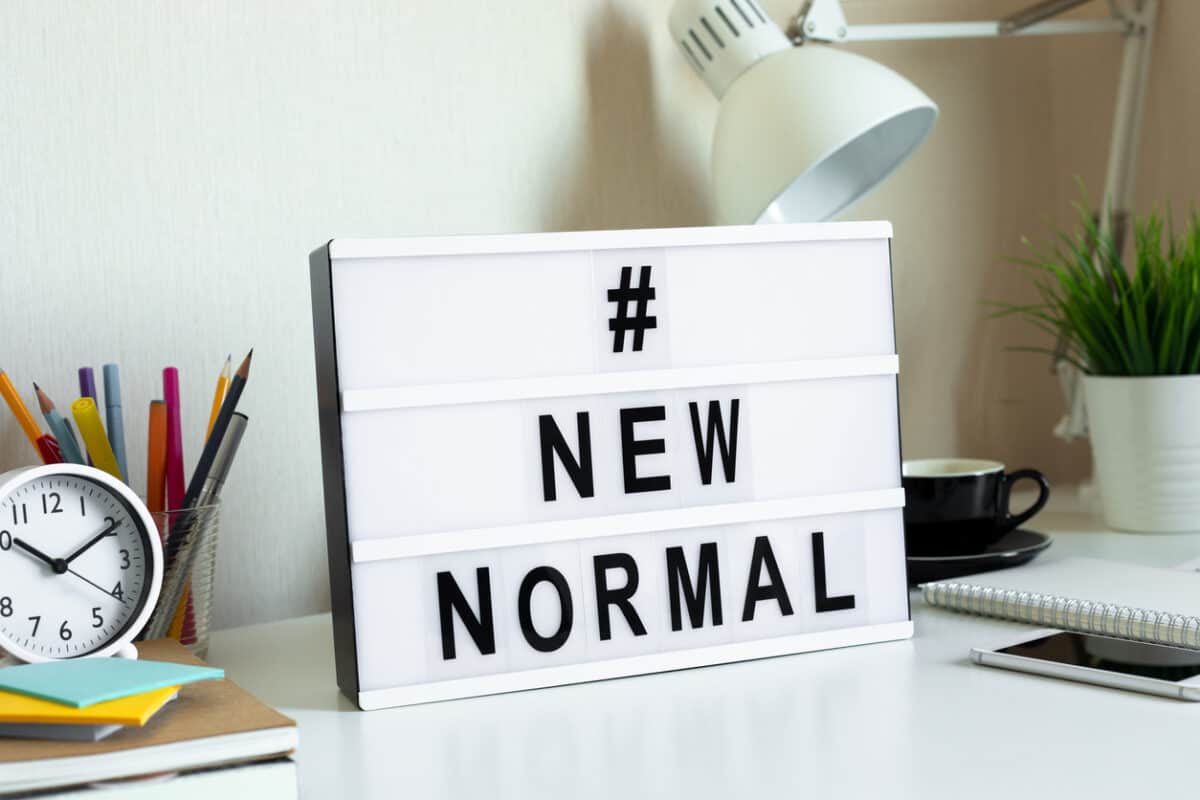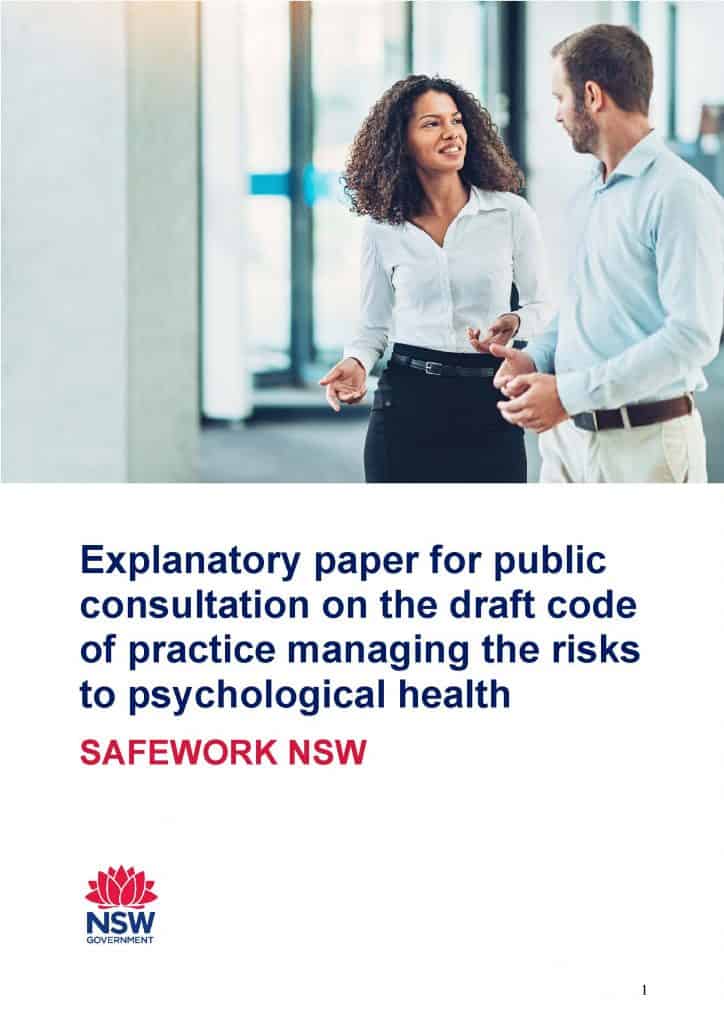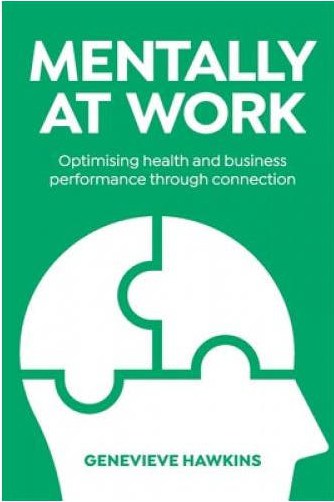Australian discussions about workplace bullying and sexual harassment at the moment is in a mess indicating that insufficient work has been spent on clarifying what these terms mean, how the consequences are managed and whether the harm can be prevented.
In Parliamentary debate on the 2020 Budget, the Liberal Party’s Sussan Ley, said:
“The Morrison government will establish a respect at work council to provide practical support to employers and employees to prevent and address sexual harassment in Australian workplaces. We know it’s a barrier to women’s workforce participation, particularly for women working in male-dominated fields, and the government is committed to eradicating it from Australian workplaces.”
page 100, Hansard
Respect and countering incivility are important in building a workplace culture that is equitable and safe. However a discussion on sexual harassment of women by a Federal Government Minister in November 2020 rings hollow when the government has still to respond to a world-leading inquiry into sexual harassment in workplaces handed to them early this year.








